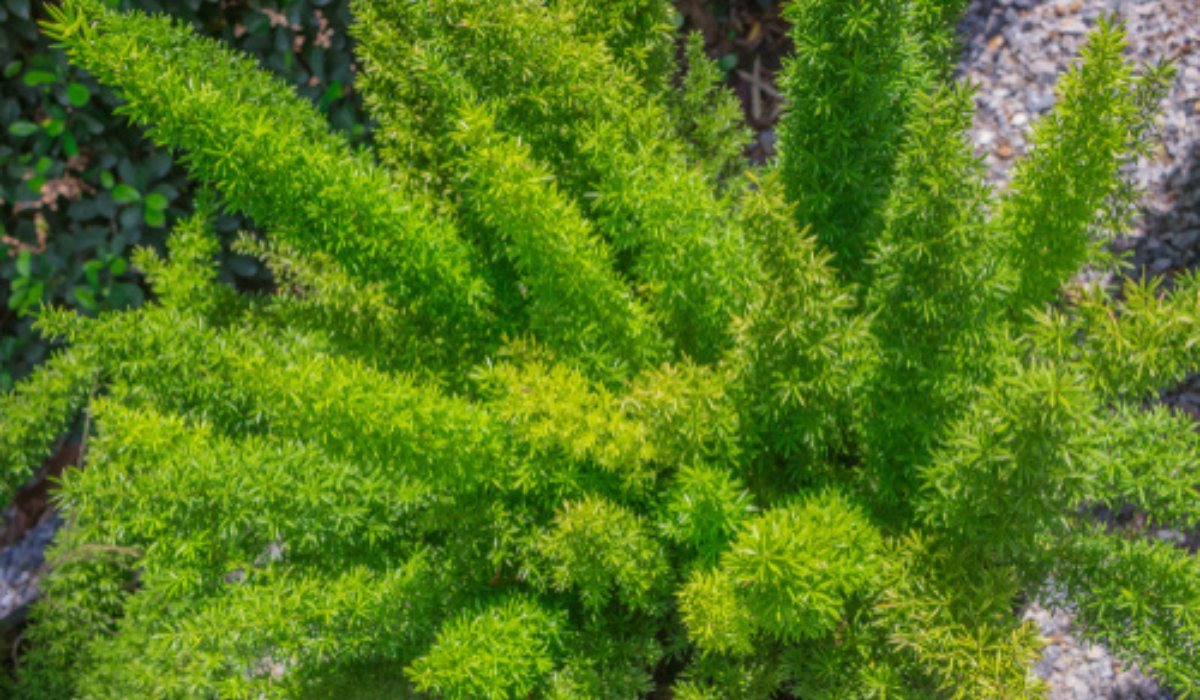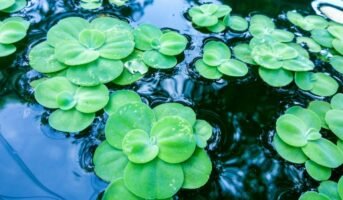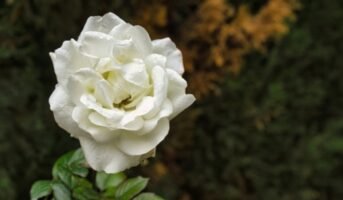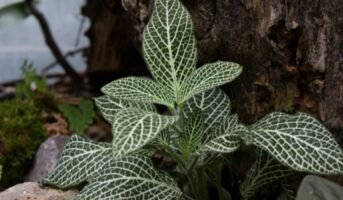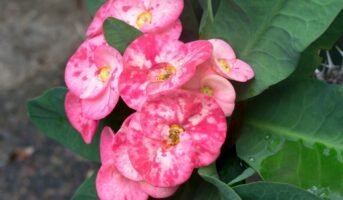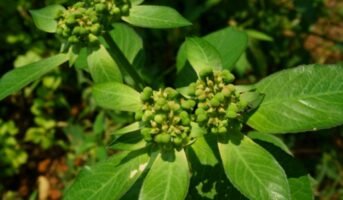Asparagus densiflorus, also known as plume asparagus, is a variable evergreen perennial plant that is closely related to the vegetable asparagus. Other common names for this plant are asparagus fern and foxtail fern.
Although it is native to the region stretching from Mozambique to South Africa, it is now widely cultivated elsewhere in the world. This perennial evergreen with ferny, bright green foliage is frequently grown indoors or as an outdoor decorative plant.

Source: Pinterest
See also: Jade plants benefits and how to take care of them
Asparagus densiflorus: Key facts
| Common name | Asparagus fern, plume asparagus |
| Family | Asparagaceae |
| Maintenance | Low |
| Native Range | Temperate southern Africa |
| Height | 3 ft |
| Soil pH | 6.5-7.0 |
| Bloom Time | Seasonal bloomer |
Asparagus densiflorus: Features
- The plant is distinguished by the dense, fern-like, evergreen to semi-deciduous foliage that forms an arching mound and matures to be between one and three feet tall and three to four feet wide. However, despite its appearance, it is not a fern but rather a member of the asparagus family.
- Its natural habitats include the rocky and open woodlands, the thickets of the savanna, and the coastal areas of the southeast of South Africa. As an ornamental, this plant has been widely distributed to various regions in other parts of the world.
- In Australia, as well as in certain regions of the United States, such as Florida, Hawaii, and southern California, the species is regarded as invasive.
- This ornamental asparagus is a herbaceous perennial that has outward-sprawling fibrous and tuberous roots. From these roots rise numerous, semi-stiff, arching stems that can reach a length of up to 24 inches and are covered with linear, needle-like green cladodes that are between 0.75 and 1 inch in length.
- Cladodes are divisions of the stem that take the appearance and perform the function of leaves. Late in the spring and throughout the beginning of the summer, minuscule, white, fragrant flowers bloom.
- After the flowers, the plant produces a crop of tiny red berries that mature in the fall. The fronds’ stalks are armed with a few thorns here and there. Identical in appearance to Protasparagus densiflorus.
- Some of the most popular cultivars, such as ‘Myersii’ and ‘Sprengeri,’ are cultivars that are grown in gardens more frequently than species plants.
Asparagus densiflorus: Growing tips
- The little red berries that are produced by mature plants contain the seeds of the asparagus fern, which may be discovered inside the berries.
- When the berries have reached their peak maturity, you should mash them and then sift off the tiny seeds. In a normal berry, there will be anything from one to three seeds.
- Before planting, the seeds should be scarified and soaked for a whole night. After that, push them down onto the surface of the soil. In order for the seeds to germinate, they require light.
- It should take a few weeks for the seeds to germinate. Once the seedlings have produced their first set of genuine leaves, you can transplant them into larger pots so they can continue developing.
Growing by Propagation:
- Although it is possible to reproduce this plant by sowing the seeds that are contained within the berries, the method that is simpler and more efficient is to dig up and split the tuberous roots.
- During the spring, using a trowel or shovel, dig up the entire plant and remove it from its container, if possible. Wearing gloves will protect your hands from sharp spikes, so make sure you do that.
- Using a trowel or a knife, divide the root clump into pieces, making sure that each segment has both a root section and a portion of the crown with developing shoots.
- Replant each piece into its own unique container or separate area in the garden. It is in the plant’s best interest to remain in the shadow until new growth begins.
Asparagus densiflorus: Maintenance tips
- Although it may become adapted to greater light, the asparagus fern does best when it is grown in dappled shade.
- Keep it out of the direct, harsh sunlight since it will burn the foliage if it’s exposed to it.
- Plant asparagus ferns in containers or pots filled with damp, loose potting soil that has enough drainage.
- When planting it outside, make sure the soil is rich, has good drainage, and is somewhat acidic. For optimal growth, it requires nutrient-dense soil. Make sure containers have drainage holes.
- Keeping an asparagus fern properly hydrated requires a little bit of work because this plant does best in moist environments.
- Every day, mist the plant, paying particular attention to the arching stems. It is probable that the plant requires additional water if it is beginning to show signs of wilting and turning brown.
- Make an effort to keep the temperature about 70 degrees Fahrenheit and prevent it from falling below 55 degrees Fahrenheit for an extended period of time.
- It is possible that the indoor plants will respond to the presence of a shaded porch or a greenhouse by producing profuse new growth during the summer.
- It is important to avoid rapid changes in temperature since they have the potential to cause the cladodes to decrease.
- To properly nourish asparagus fern, use a liquid or water-soluble all-purpose plant food that has been diluted to one-half its normal strength.
- Container plants may require weekly feedings throughout the summer; otherwise, they should be fed once every month.
Asparagus densiflorus: Uses
- It can be grown in borders or along foundations in areas where it can withstand the winter.
- It creates an interesting cover for the ground. Put it in containers, hanging baskets, and other types of pots. Houseplants that are grown in containers thrive in bright, sun-filtered spaces within the home.
- Florists place a high value on green stems because of their usefulness in enhancing flower arrangements.

Source: Pinterest
FAQs
Is Asparagus densiflorus poisonous?
Asparagus densiflorus can be mildly toxic to pets.
Is Asparagus densiflorus annual or perennial?
An asparagus fern is a perennial plant.
Housing News Desk is the news desk of leading online real estate portal, Housing.com. Housing News Desk focuses on a variety of topics such as real estate laws, taxes, current news, property trends, home loans, rentals, décor, green homes, home improvement, etc. The main objective of the news desk, is to cover the real estate sector from the perspective of providing information that is useful to the end-user.
Facebook: https://www.facebook.com/housing.com/
Twitter: https://twitter.com/Housing
Email: [email protected]
